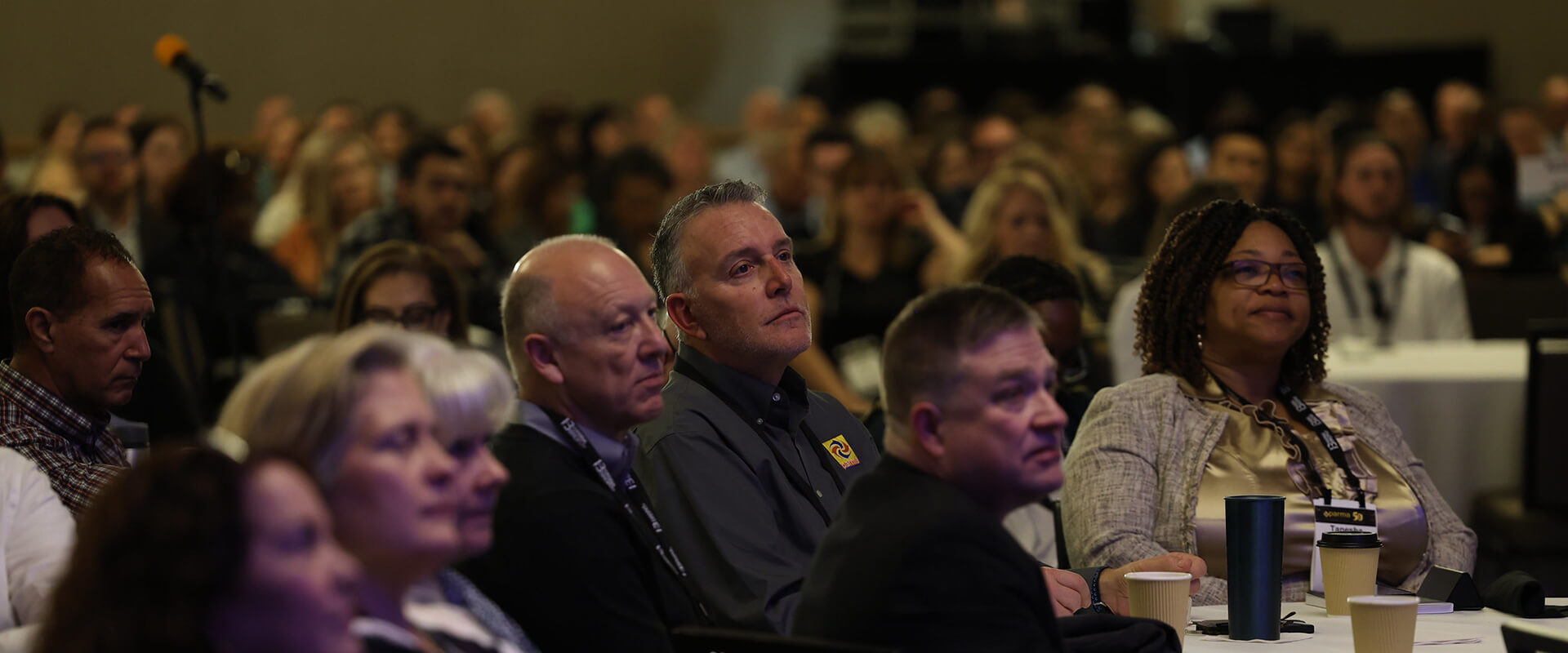Report: COVID-19 Workers’ Comp Claims on The Rise in California
The number of California workers’ compensation claims for COVID-19 continues to climb, according to a new report compiled by the California Workers’ Compensation Institute.
Data from the Division of Workers’ Compensation shows that as of Aug. 10, there were 9,515 claims reported for the month of July, bringing the total for the year to 31,612 claims, or 10.2% of all California job injury claims reported for accident year 2020. Those claims include 140 death claims, up from 66 reported as of July 6.











